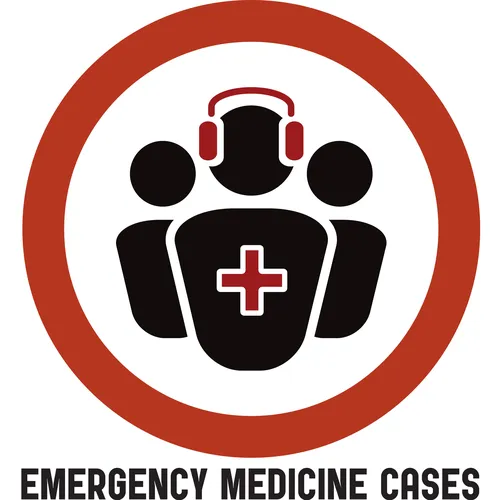JJ 22 Laceration Repair – Glue vs Strips vs Staples vs Sutures
- Author
- Dr. Anton Helman
- Published
- Tue 17 Jan 2023
- Episode Link
- https://emergencymedicinecases.com/laceration-repair-glue-strips-staples-sutures/
In this Part 2 of our 3-part podcast series on management of lacerations Dr. Haley Cochrane, Dr. Justin Morgenstern and Dr. Anton Helman explore the evidence around the various methods to repair skin lacerations in the Emergency Department. In it they discover 4 themes making concrete conclusions on this topic challenging: the lack of blinding in all the studies, the subjective outcomes measured in the studies, the interplay between the multiple steps of suture repair and the effect of the skill of the provider that may impact outcomes...
Podcast production, sound design & editing by Anton Helman
Written Summary and blog post by Anton Helman January, 2023
Cite this podcast as: Helman, A. Cochrane, H. Morgenstern, J. Journal Jam 22 Laceration Repair - Glue vs Strips vs Staples vs Sutures. Emergency Medicine Cases. January, 2023. https://emergencymedicinecases.com/laceration-repair-glue-strips-staples-sutures. Accessed September 14, 2025
Surgical skin glue for skin lacerations
2002 Cochrane review comparing skin glue to sutures
11 RCTs
no differences in cosmesis
advantages of skin glue: pain scores and time of laceration repair lower with glue; overall less expensive
disadvantages of skin glue: skin glue more likely to have short term localized erythema and rate of dehiscence is 2% higher
Adding adhesive strips ("steri-strips") to skin glue doubles the tensile strength as compared to using either alone.
Hair apposition technique for scalp lacerations
1 RCT - the HAT trial comparing hair apposition technique to sutures
189 patients with scalp lacerations 3-10 cms
excluded patients requiring resuscitation, with arterial bleeds and with significant contamination
hair apposition 5 mins vs sutures 15 mins
hair apposition 2 vs 4 out of 10 pain score
At 7 days 100% of the hair apposition group had adequate wound healing compared to 96% of the suture group.
At 4 weeks all wounds were healed, but scars were bigger in the suture group
When asked if they would want the same procedure in the future, 84% of the hair apposition group said "yes" compared to 10% of the suture group
It is unknown whether hair apposition technique has any advantage over simply applying skin glue to a scalp laceration.
Wound closure strips for skin lacerations
2021 systematic review comparing wound closure strips ("steri-strips") to sutures and to skin glue
included traumatic wounds in ED and patients in the operating room
all studies were small, at high risk of bias
infection and dehiscence equivalent in all three groups
wound closure strips associated with better cosmesis in 1 small unblinded RCT
wound closure strips generally faster and less painful compared to sutures
Surgical skin staples for skin lacerations
2020 meta-analysis of 42 low quality RCTs of operating room studies
staples are generally faster than sutures
cost is about equivalent
no differences in cosmesis
the overall adverse event rate is about double with staples
Absorbable vs non-absorbable sutures for skin lacerations
2007 meta-analysis of 7 small unblinded underpowered ED or operating room RCTs comparing absorbable to absorbable sutures for skin lacerations
no overall statistical difference in cosmesis
Odds Ratio (OR) for dehiscence 0.16 favouring absorbable sutures
